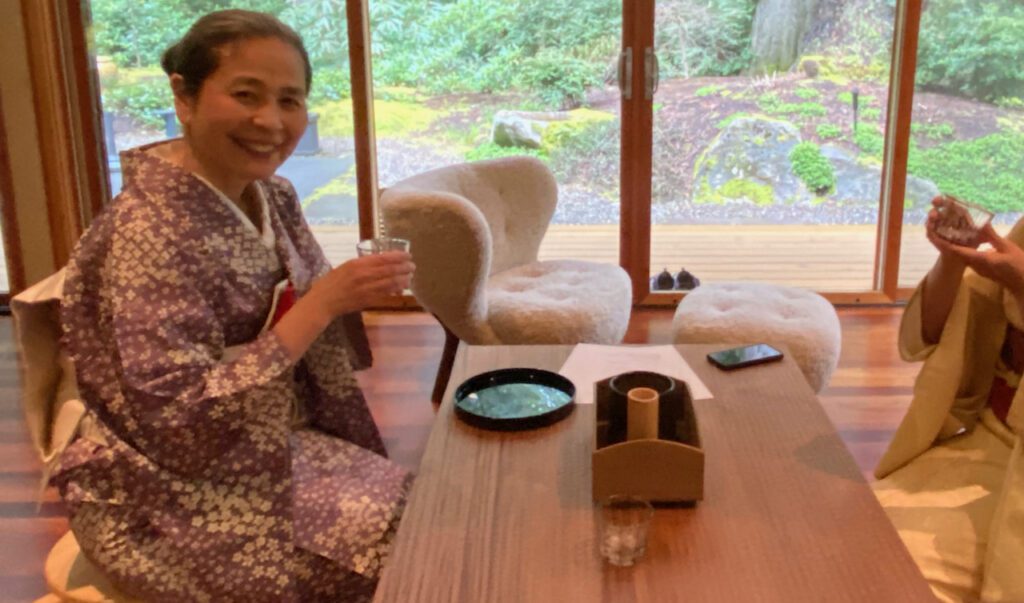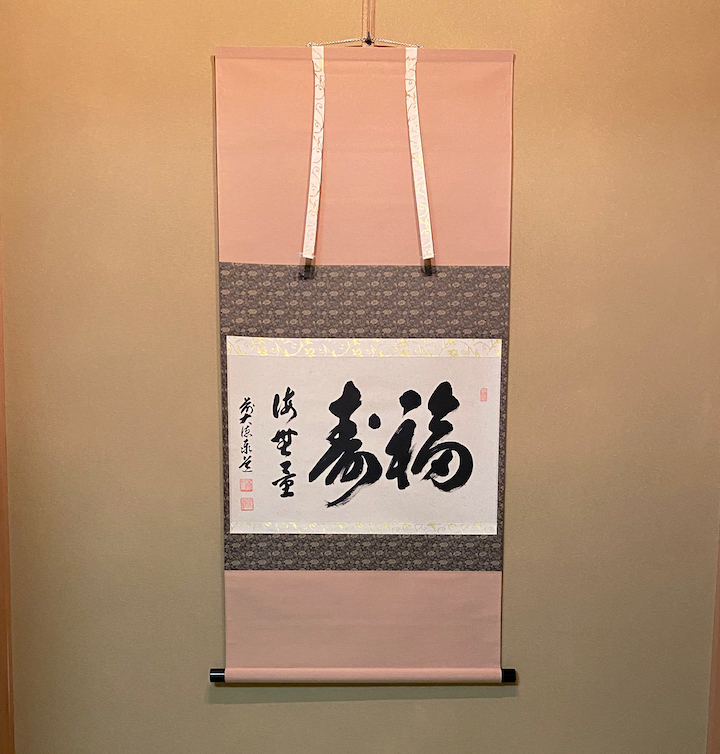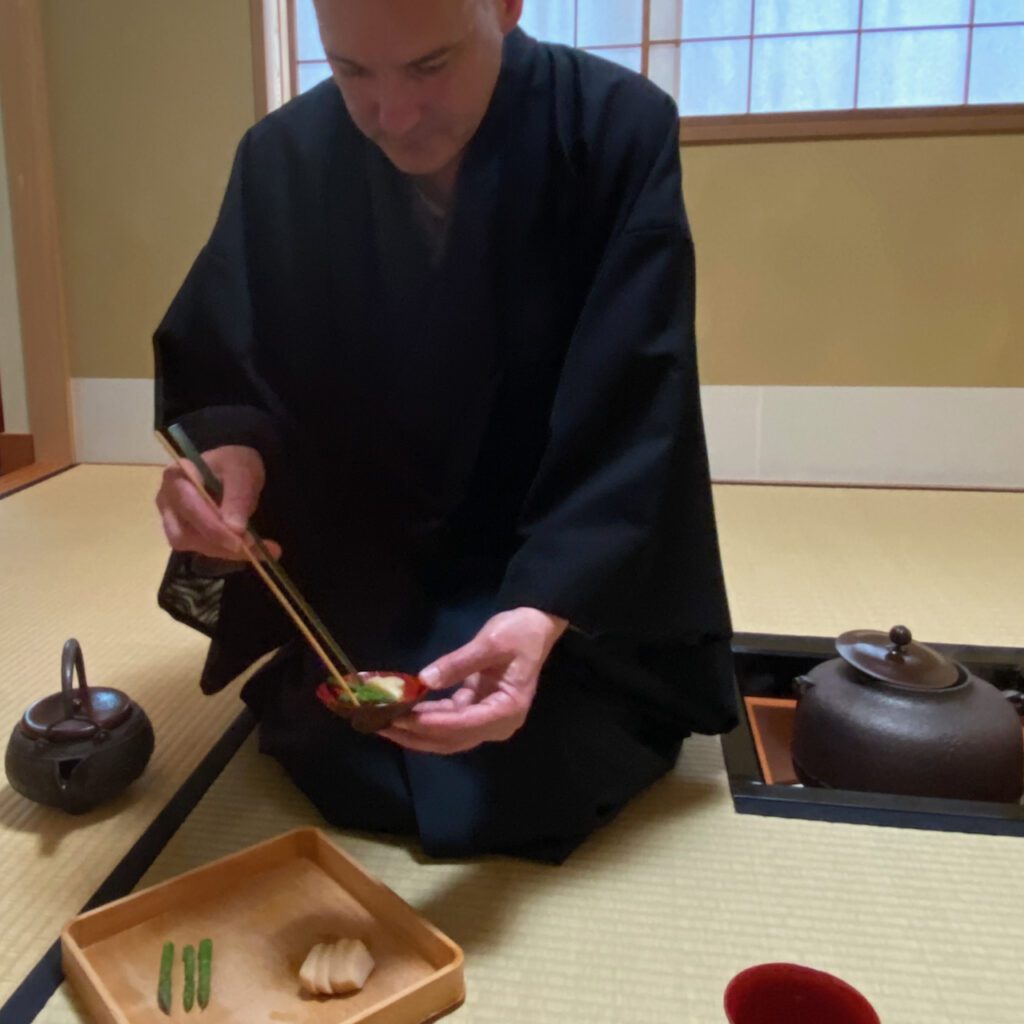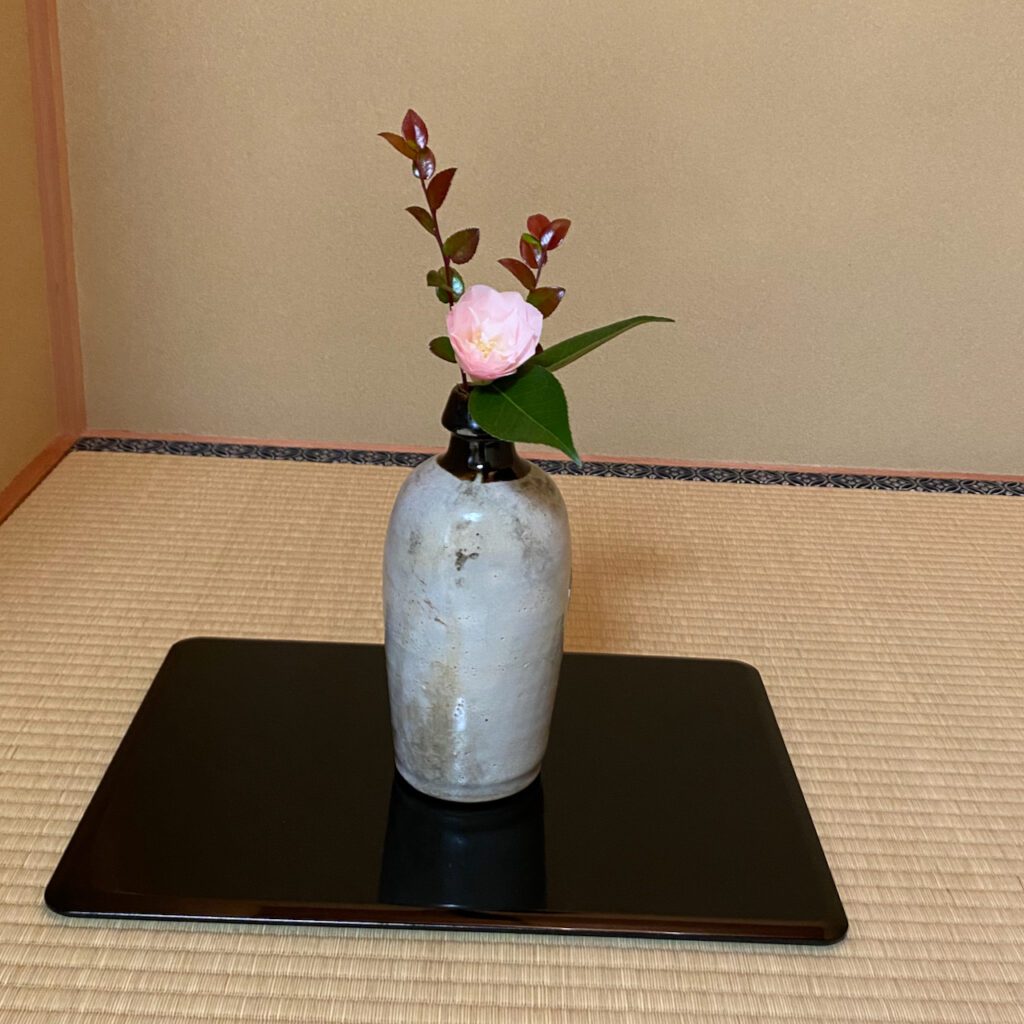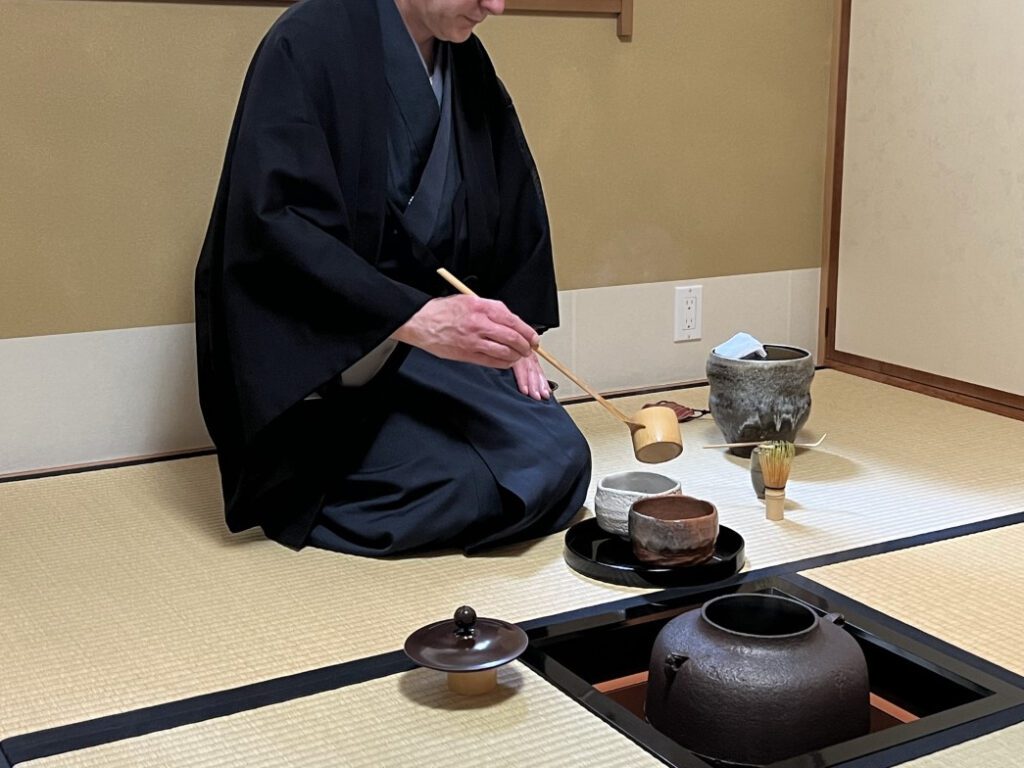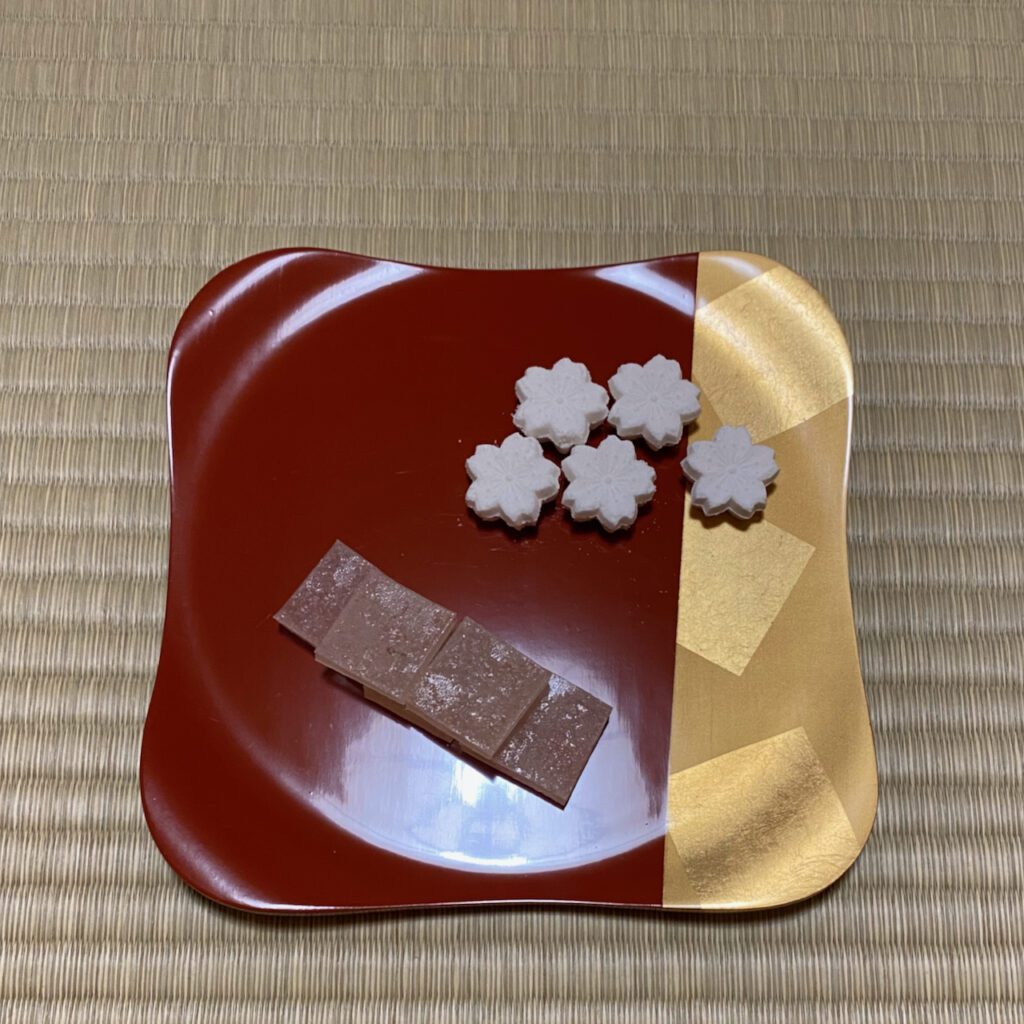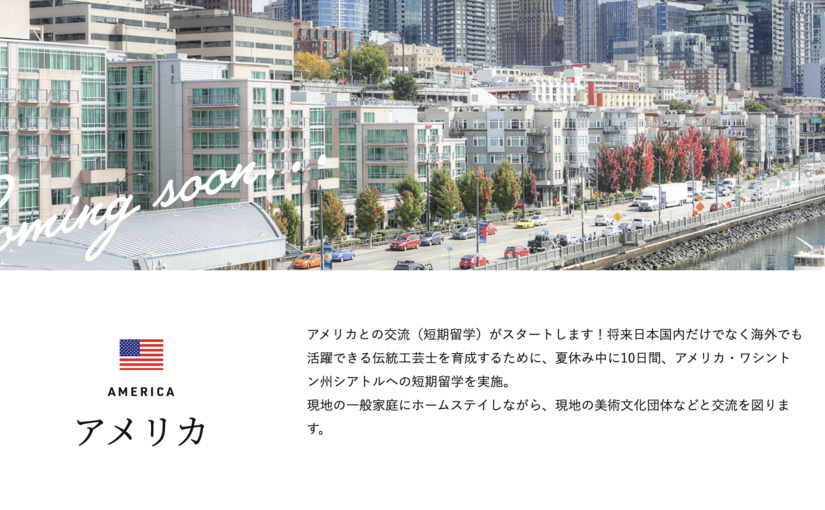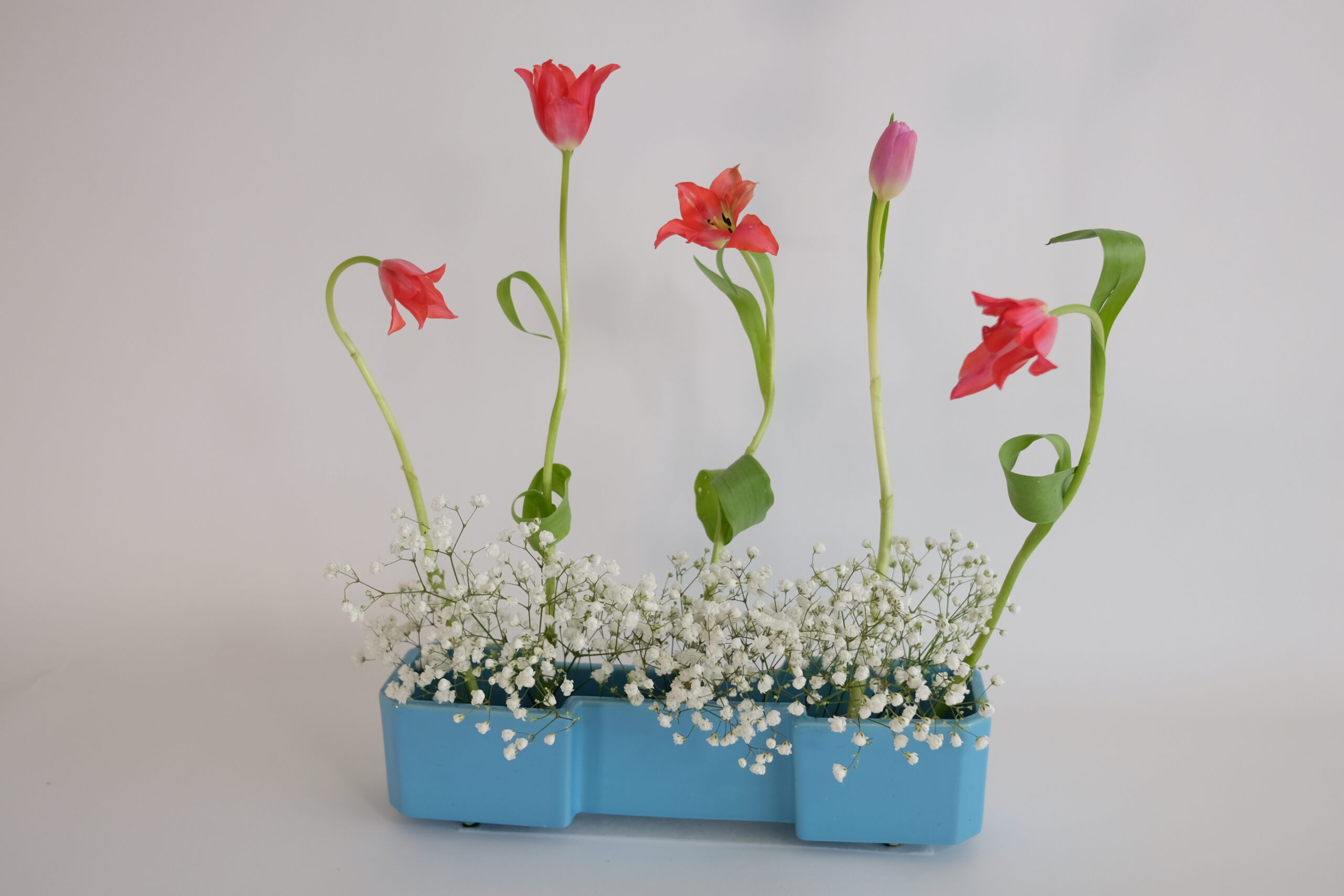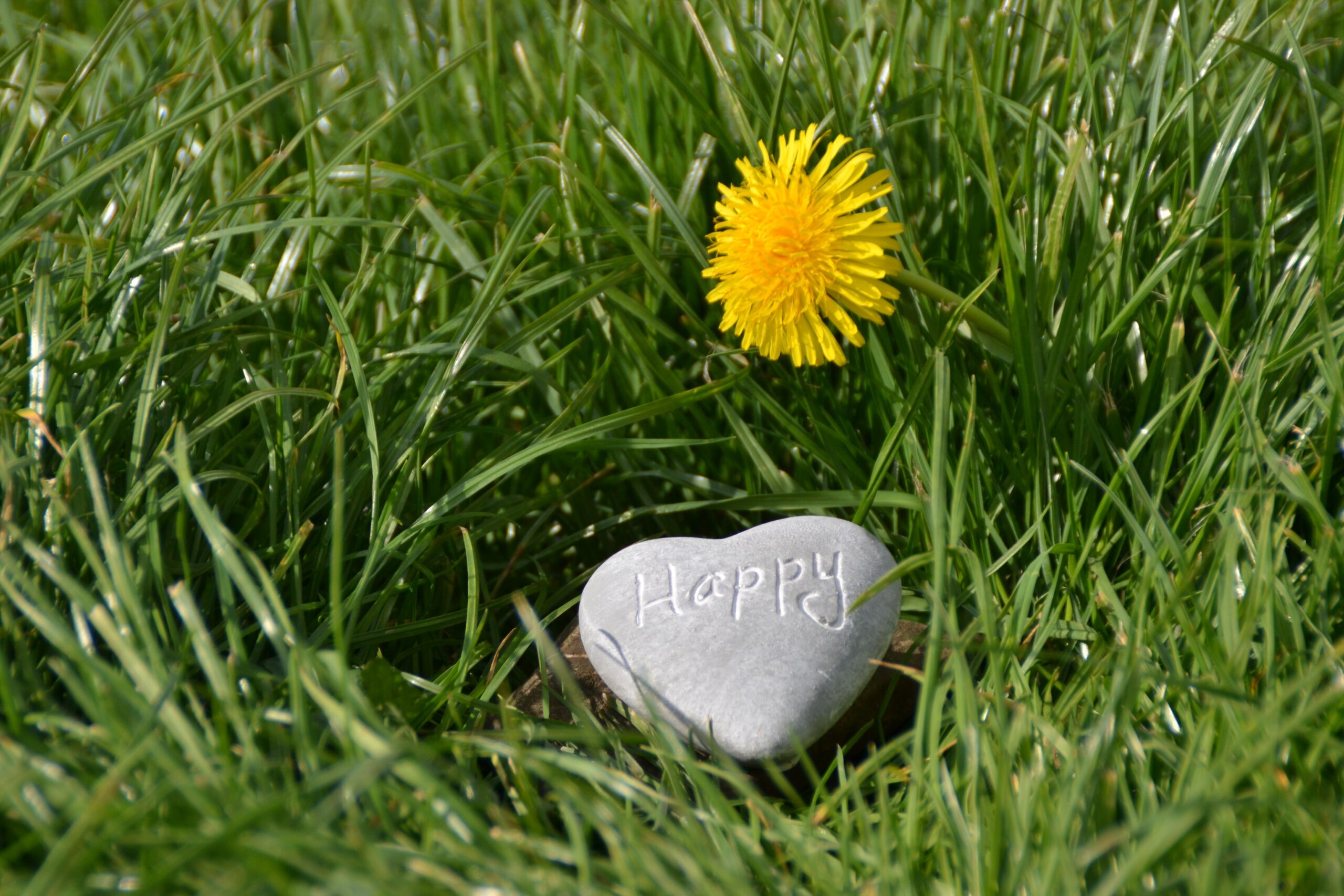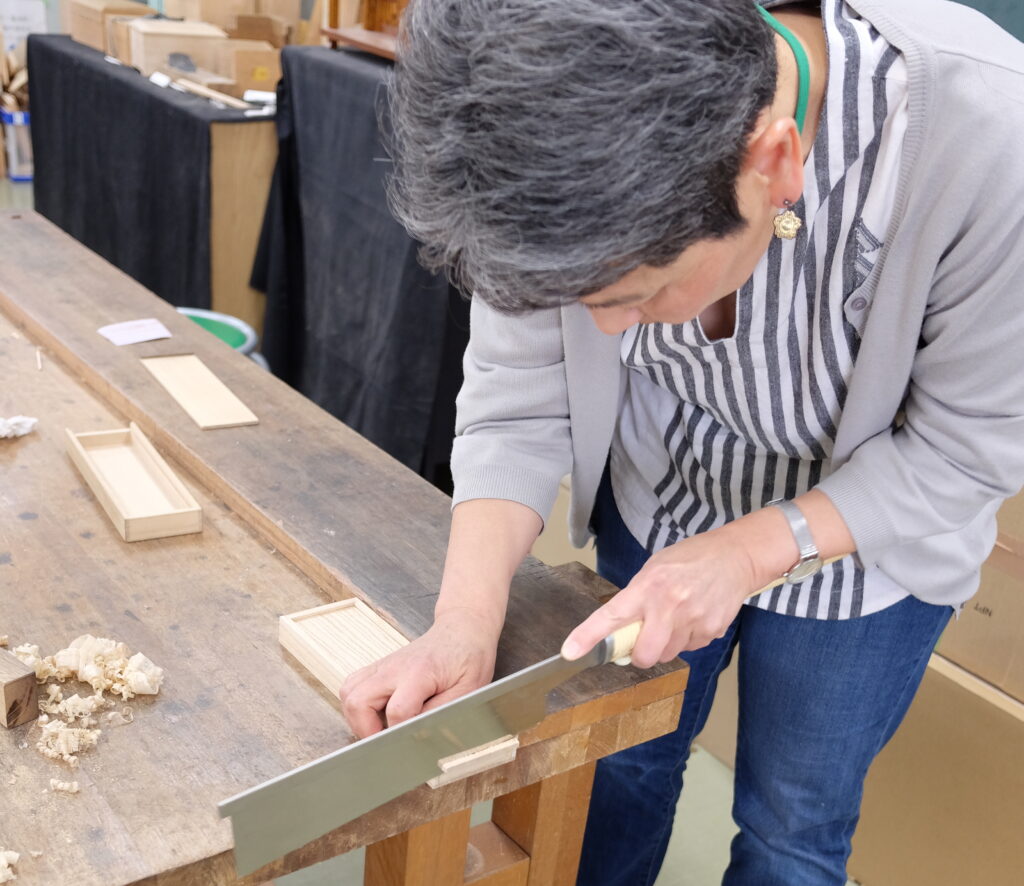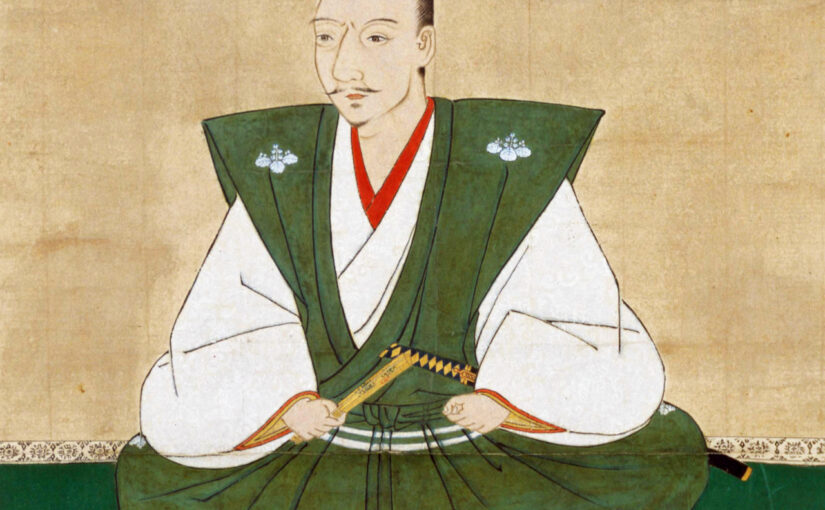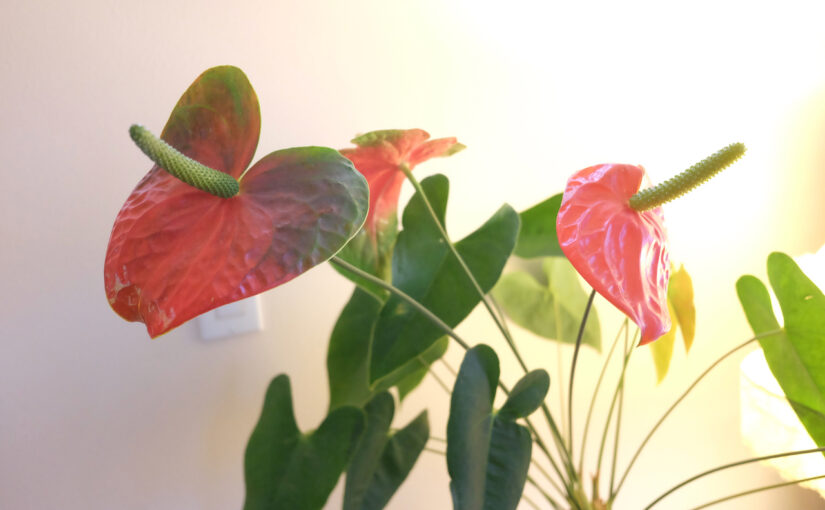Preparing for the upcoming Ikebana demonstration
This week is all about Ikebana for me. My online Ikebana classes are scheduled for tomorrow and my in-person classes are on Saturday. And there is an Ikeabna demonstration at Cherry Blossom Festival in Seattle Center on Sunday.
This morning I went to the local wholesale florist to purchase flower materials for the Saturday in-person and for the demonstration on Sunday.
Demonstrations are always fun as well as horrifying because almost nothing goes as previously planned.
I first rough sketch how I envision creating arrangements. The demo time is 45 minutes, so I figure I will make 4 to 5 different types of arrangements. The first one is the most basic, and I will explain how the three stems define the basic structure of the arrangement.
Then I will transit to showing several freestyle arrangements, each of which has some particular themes. Am I emphasizing the beauty of lines? Rhythm of the materials? The color contrast? Or combinations of all three elements? I choose containers and flower materials to match the styles I have in mind.
Then I go to the flower shop. Chances are that I can’t find some of the materials I want. On the fly I either have to ditch the plan to make that arrangement or look for materials that are close enough.
Today I was lucky to find materials for four out of five arrangements I planned. After I came back, I tried to put together each of them and took photos.
The first photo is a very basic one.

Next is a tall arrangement with alstroemeria and veronica.

Palm leaves and anthurium

The name of these tulips is “Shogun.” I couldn’t help but buy them!
No matter how much I prepare beforehand, however, demonstrations rarely go exactly the way I expect. I might cut branches too short or keep them too long. Since I arrange flowers from behind, The condition of the flower materials may change by then.
The best thing I can do on stage on Sunday, is that I enjoy myself creating something new and beautiful every moment.



